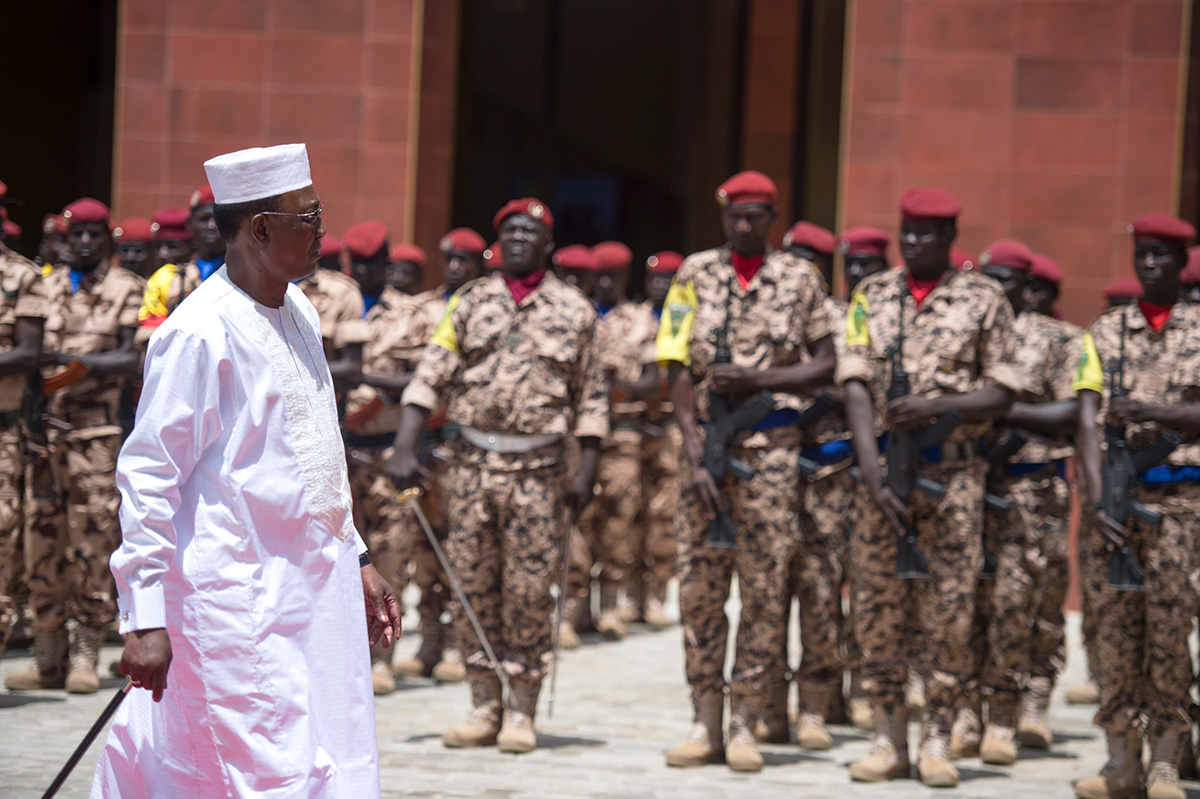Debt Restructuring: Governance Missing from Equation
Exercise in Futility
An untold number of debt relief initiatives have failed to help developing countries carry their financial burden. The schemes, well-meaning in nature, follow a predetermined script: the debtor nation promises reforms, the implementation of sound governance practices, and fiscal prudence.
However, once creditors and debtors have reached an amicable agreement, the script goes awry. Promises are instantly forgotten and reform plans put on ice. Apart from perhaps a few cosmetic touch ups, governance remains as dismal as before.
Before long, the ruling potentate or demagogue has racked up fresh debts to prop up his (never ‘her’) regime until the next debt crisis rolls around and another appeal can be made to creditor nations, shrewdly playing the collective guilt suffered by former imperial and/or industrial powers. The prevailing mantra, unchanged for decades, is: ‘you’re rich and we’re poor; and that’s all your fault. Now pay up’.
Clamouring in Unison
Yet again, the emerging economies of the world are clamouring in perfect unison for debt relief. The World Bank, International Monetary Fund (IMF), the Paris Club, and other multilateral finance institutions and fora echo the concerns and raise the alarm: Something needs to be done to avert a crisis, preferably something big.
Whilst the issue centres on the need to lighten the burden of the world’s poorest countries, debt is not the problem: governance, or rather the lack of it, is. Of course, poor countries face plenty of other challenges as well but all of these can be met if rulers – or the establishment they represent – would only show a modicum of interest in the fate and well being of their nation.
Thankfully, there are a few exceptions such as Rwanda, Botswana, Mauritius, and Namibia. These countries are fairly well governed and, as a result fare comparatively well. None suffer debt-induced stresses.
According the the United Nations Development Programme (UNDP), no less than 54 countries are in urgent need of debt restructuring. The agency calls on ‘rich countries’ to step up. The UN informs that without prompt action, poverty levels will rise and investment in climate-related adaptions will fall.
UNDP Administrator Achim Steiner warns that the cost of inaction will be ‘brutal’ on the world’s poorest. Mr Steiner also points out that almost twenty developing countries countries are currently paying more than ten percentage points over the benchmark US Treasury bond rate whilst their debt is being traded on the secondary market at discounts of up to sixty percent.
Inertia
In a policy paper – Avoiding ‘Too Little Too Late’ on International Debt Relief’ – the UNDP argues that the inertia of the Common Framework for Debt Treatment (CF) needs to be broken. The CF was launched by the G20 in late 2020 to provide a support structure for the coordination of creditor interests. The idea was to facilitate timely, orderly, and durable fixes for heavily indebted countries and promote burden sharing across official and private sector creditors. The latter were, however, not overly impressed and quite reluctant to cooperate.
So far, only four countries (Chad, Ethiopia, Ghana, and Zambia) have requested CF inclusion. Zambia, saddled with a public debt load approaching $32 billion, defaulted in 2020 and in early 2021 applied to have its sovereign debt restructured under the Common Framework. An Official Creditor Committee was duly set up – co-chaired by France and China – to take stock and negotiate with Zambia on behalf of its creditors.
In what has since become a test case for the framework, Zambia has largely failed in securing the relief sought and needed. In June 2023 a common template was agreed for all creditors. The deal was announced with much fanfare, The template provides a set of approved guidelines for negotiations between Zambia and each of the country’s individual creditors.
The problem here are not the official creditors – governments, development banks, and assorted multilateral organisations – but private sector creditors. A €3 billion deal between Zambia and its eurobond creditors was, however, summarily rejected by official creditors who were expected to take a significantly larger ‘haircut’ than private sector bond holders. The country was back at square one without any relief in sight.
Still, the UNDP considers it too soon to discard the common framework altogether and thinks that conditions are ‘ripe’ for debtors and creditors to give the CF another try. The agency suggests focussing on a few key areas such as debt sustainability analysis, creditor coordination, private sector inclusion and methods to bolster future economic and fiscal resilience.
These are no doubt important topics for inclusion in debt restructuring talks. However, not a word on governance. In fairness, governance is a difficult and dangerous issue mostly avoided for understandable reasons. After all, the UN, IMF, and others do not wish to give the impression of meddling in anyone’s domestic affairs.
Rinse and Repeat
The whole purpose of debt relief is to increase the wherewithal available to countries for the running of their public institutions from healthcare to education, social policies, and infrastructure. Countless academic papers have been published on the need for governance to be included in debt relief efforts lest these become a rinse and repeat exercise.
Rising debt levels may the biggest obstacle to sustainable development, as many argue, but so are corruption, incompetence, clientelism, and poor governance. Ethiopia and Sudan both suffer high food insecurity but that did not prevent these countries from waging war, making their already difficult predicament much worse.
Ethiopia’s plight is particularly disappointing. One of the world’s poorest countries in the 1980s, it went on o become a rare African success story. Investments in health and agriculture drastically reduced malnutrition and infant mortality rates. Access to sanitation and clean drinking water also vastly improved. The country’s GDP tripled between 2004 and 2019. Alas, a civil war in Tigray that cost the lives of hundreds of thousands put an early end to the country’s ascendancy.
Chad, also clamouring for debt relief, just saw the presidency of military strongman Mahamat Idriss Déby confirmed in what most observers consider a flawed election. Like other African ‘Big Men’, Generla Déby merely went through a few democratic motions to mollify creditors and donors. He realises full well that after Mali, Burkina Faso, and Niger expelled French and American troops, Chad is their last remaining toehold in the region. Even so, the general put his allies on notice by inviting some 130 Russian ‘advisers’ to N’Djadema to help train his army. Last month, Russian foreign minister Sergey Lavrov also dropped in.
Notwithstanding the many shenanigans of the leaders of highly indebted countries, it remains a fact that the debt servicing cost of the world’s 75 poorest nations has quadrupled over the past decade as interest rates spiked and more debt was taken on. This year, these countries are expected to spend around $185 billion on interest and principal payments, equal to roughly 7.5% of their GDP and more than they collectively spend on health, education, and infrastructure.
The financial architecture for debt relief urgently needs new ideas and new rules that work for all creditors – official and private – and for the distressed borrowers who need this help pronto but also must be reminded that strings are attached to allow for sustainable growth: out of hunger, poverty, and perpetual underdevelopment.
Cover photo: President Idriss Déby of Chad inspects his troops. The army of Chad is considered amongst the best of the region.
© 2016 Photo by Paul Kagame


